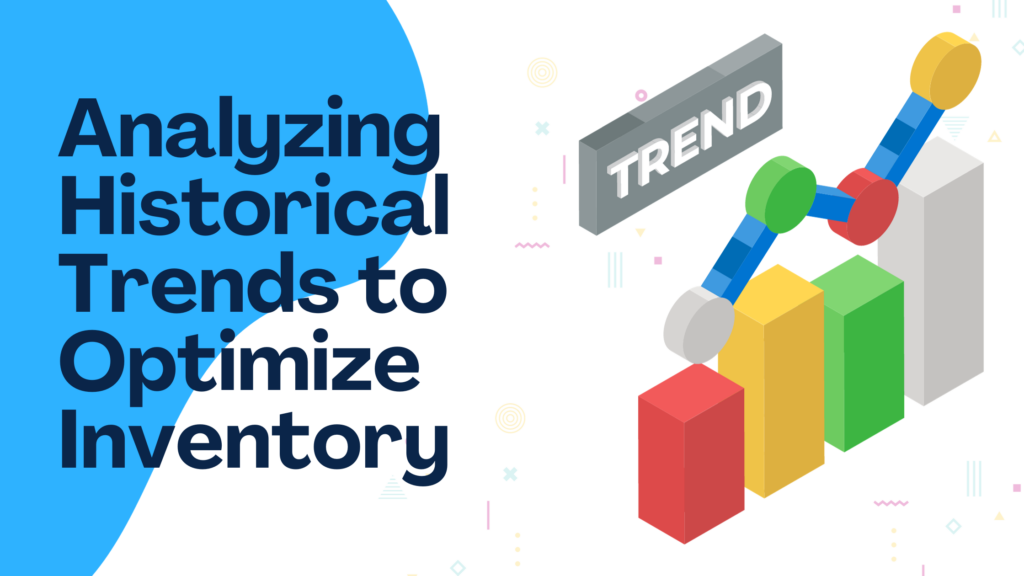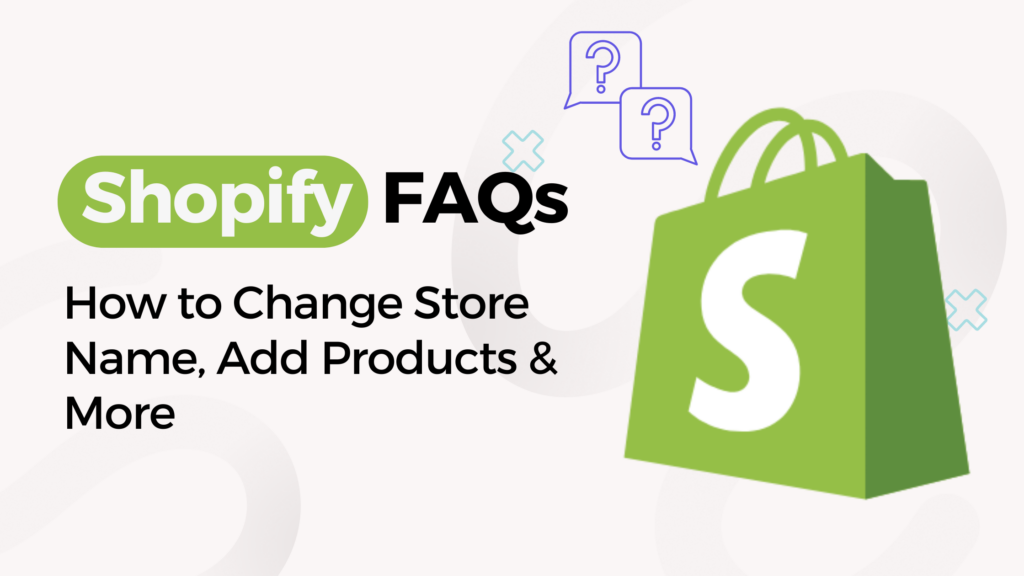Analyzing Historical Trends to Optimize Inventory with Inventory Source
Managing inventory effectively is a critical aspect of running a successful retail or ecommerce business. It involves finding the delicate balance between having enough stock to meet customer demand without incurring unnecessary holding costs. One way businesses can achieve this balance is by leveraging inventory optimization analytics.
What is Inventory Optimization Analytics?
Inventory optimization analytics is a powerful tool that uses historical sales and demand data to provide valuable insights into inventory planning. By analyzing past trends, patterns, and customer behavior, businesses can make informed decisions about stocking levels, replenishment strategies, and overall inventory management.
With the help of advanced analytics tools like those offered by Inventory Source, businesses can dive deep into their historical data and uncover hidden trends and correlations. These insights enable them to optimize their inventory planning, reduce costs, minimize stockouts, and improve customer satisfaction.
The Importance of Analyzing Historical Trends
Analyzing historical trends is crucial for inventory optimization. By studying past sales data, businesses can identify seasonal patterns, demand fluctuations, and other factors that impact inventory requirements. This information allows them to forecast future demand accurately and plan their inventory accordingly.
One of the key benefits of analyzing historical trends is the ability to anticipate and prepare for peak seasons or promotional periods. By identifying patterns from previous years, businesses can ensure they have sufficient stock on hand to meet increased demand during these periods. This proactive approach helps to prevent stockouts, missed sales opportunities, and dissatisfied customers.
Additionally, analyzing historical trends helps businesses identify slow-moving or obsolete inventory. By recognizing these items early on, businesses can take appropriate action, such as implementing promotions or adjusting pricing, to clear out excess stock and free up valuable storage space.
Leveraging Inventory Source’s Analytics Tools
Inventory Source offers a comprehensive suite of analytics tools designed specifically for inventory optimization. These tools provide businesses with in-depth insights into their historical sales and demand data, empowering them to make data-driven decisions.
Historical Sales Analysis
With Inventory Source’s historical sales analysis tool, businesses can analyze their past sales data to identify trends and patterns. The tool allows them to filter data by product, category, timeframe, and other relevant parameters. By examining sales performance over different time periods, businesses can determine which products are consistently top sellers and which ones may require adjustments in inventory planning.
The historical sales analysis tool also enables businesses to identify seasonal trends and demand fluctuations. By visualizing this data in the form of charts and graphs, businesses can gain a better understanding of when to expect peak demand and adjust their inventory levels accordingly.
Demand Forecasting
Accurate demand forecasting is crucial for effective inventory planning. Inventory Source’s demand forecasting tool leverages historical sales data, market trends, and other factors to predict future demand. By analyzing past demand patterns, businesses can forecast future sales volumes and adjust their inventory levels to meet anticipated demand.
The demand forecasting tool also takes into account external factors such as holidays, industry events, and economic conditions that may impact customer behavior. By incorporating these variables into the forecasting model, businesses can make more accurate predictions and avoid understocking or overstocking.
SKU Performance Analysis
Understanding the performance of individual SKUs (Stock Keeping Units) is vital for optimizing inventory. Inventory Source’s SKU performance analysis tool allows businesses to track the sales performance of each SKU over time. By identifying which SKUs are top performers and which ones are underperforming, businesses can make informed decisions about inventory allocation and replenishment strategies.
The SKU performance analysis tool also helps businesses identify any seasonal or cyclical patterns in SKU sales. By analyzing these patterns, businesses can adjust their inventory levels and reorder points to ensure optimal stock availability.
Inventory Turnover Analysis
Inventory turnover is a key metric that measures how quickly a business sells its inventory and replenishes it. Inventory Source’s inventory turnover analysis tool provides businesses with a comprehensive view of their inventory turnover rates. By analyzing this data, businesses can identify slow-moving inventory and take appropriate action to prevent overstocking.
The inventory turnover analysis tool also allows businesses to compare their turnover rates against industry benchmarks. This comparison helps them determine if their inventory management practices are on par with industry standards or if there is room for improvement.
Benefits of Inventory Optimization Analytics
Implementing inventory optimization analytics offers several significant benefits for businesses:
- Improved Customer Service and Satisfaction: By accurately forecasting demand and optimizing inventory levels, businesses can ensure they have the right products available when customers need them. This reduces stockouts, improves order fulfillment, and enhances customer satisfaction.
- Reduced Inventory Costs and Waste: By analyzing historical trends, businesses can identify slow-moving or obsolete inventory and take appropriate action to minimize holding costs. This reduces the risk of overstocking and frees up cash flow for other business needs.
- Increased Sales and Revenue: By optimizing inventory levels and aligning them with customer demand, businesses can increase sales volume and revenue. By having the right products in stock at the right time, businesses can capture more sales opportunities and maximize their revenue potential.
- Enhanced Operational Efficiency and Productivity: By leveraging inventory optimization analytics, businesses can streamline their inventory management processes. This leads to improved efficiency, reduced manual effort, and increased productivity across the supply chain.
Conclusion
Analyzing historical trends to optimize inventory is a game-changer for businesses in the retail and ecommerce sector. By leveraging advanced analytics tools like those offered by Inventory Source, businesses can gain valuable insights into their historical sales and demand data. These insights enable them to make data-driven decisions, improve customer service, reduce costs, increase sales, and enhance overall operational efficiency.
By embracing inventory optimization analytics, businesses can stay one step ahead of the competition and ensure they have the right products available at the right time. It’s time to unlock the power of historical data and take your inventory management to new heights with Inventory Source’s comprehensive suite of analytics tools.





